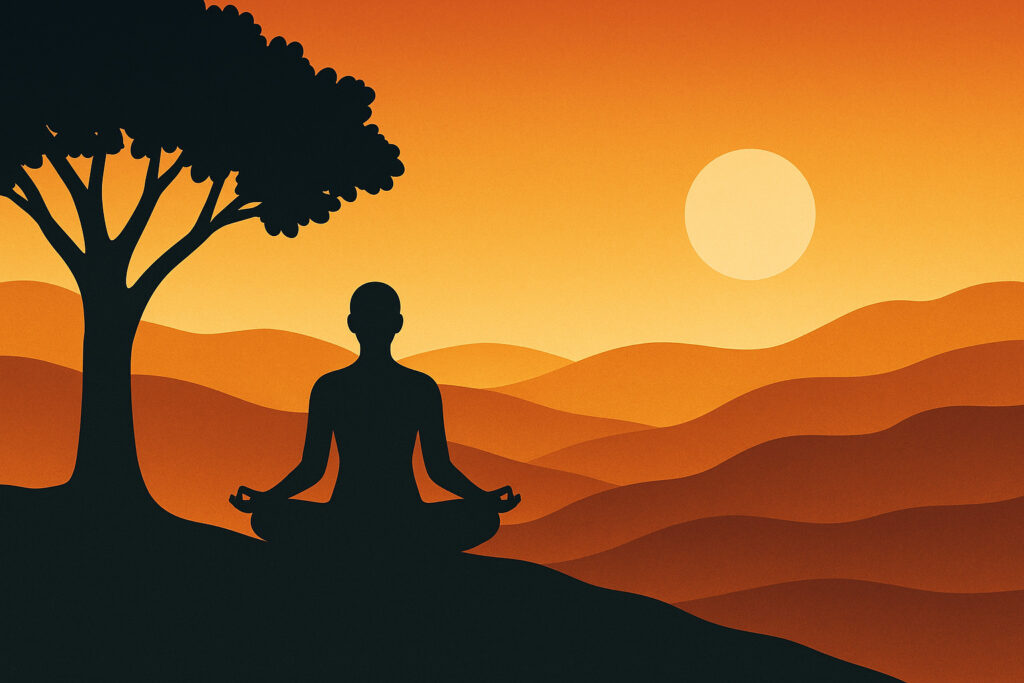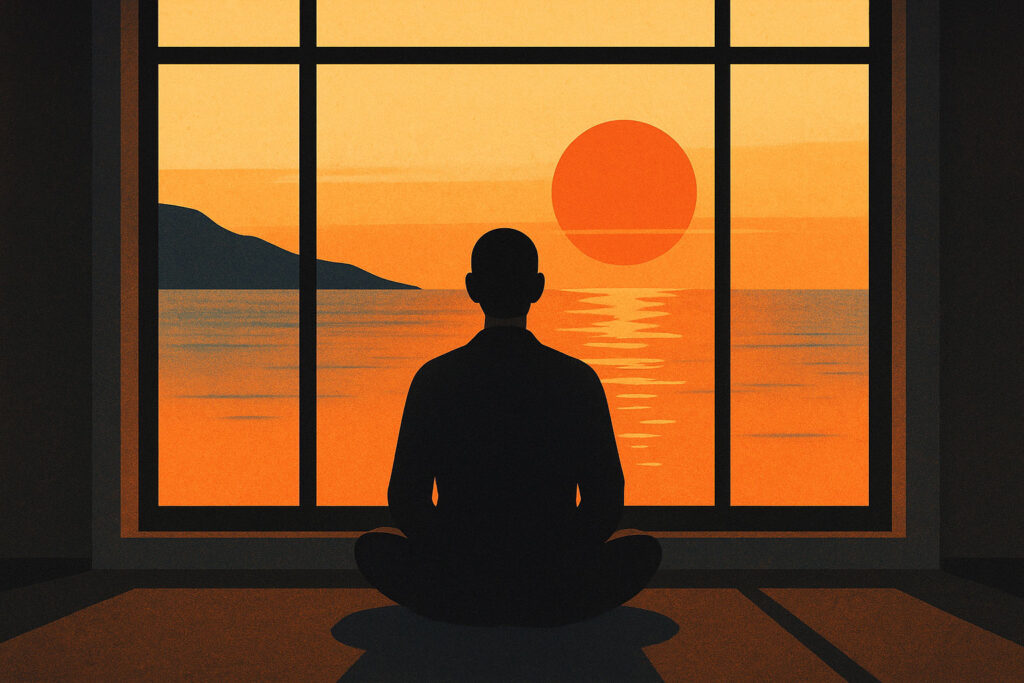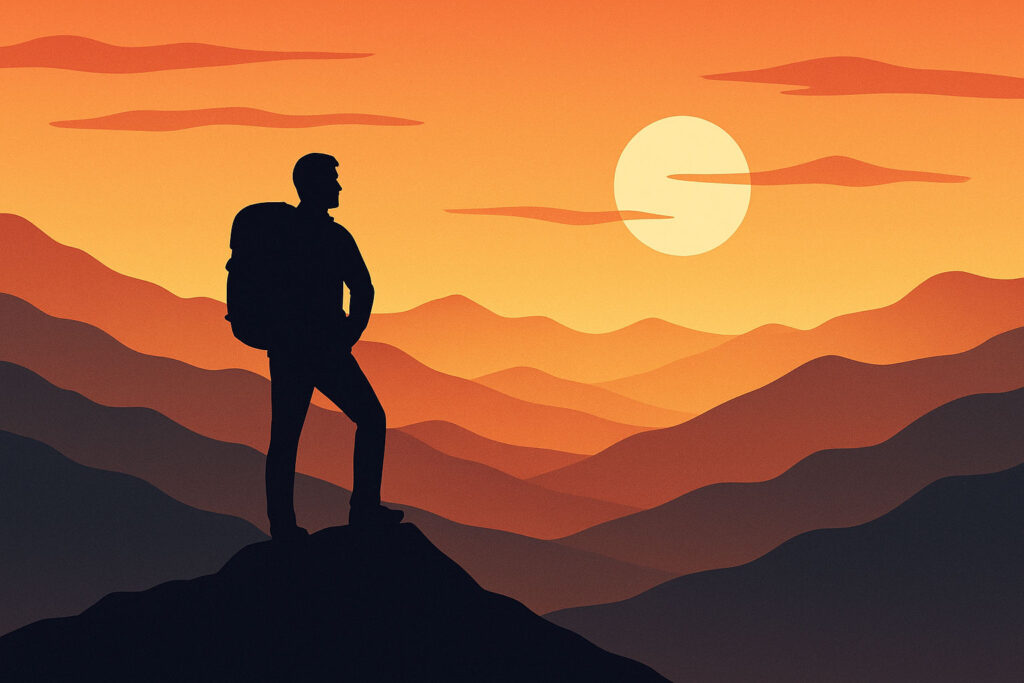
Breathing Your Way Back Home
A Buddhist parable of a blind turtle inspires reflection on life’s rarity, balancing samsara’s struggles with presence and spiritual homecoming.

There is a hidden rule game that a friend of mine taught me years ago. It goes like this: every statement in the game must begin with “Ok, my line goes from…” and then you pick any two random places. In the game, it only counts as a true statement if you start with those words. The hidden rule is simply that the statement has to begin with “Ok.”
Hard to notice that at first, so when you ask the uninitiated to try, they invariably say, “My line goes from…” and forget to include the “Ok.” Once they discover the hidden rule, it’s game over. Simple. Silly. But really fun when you’re trying to figure out something that appears to be obvious but isn’t. It can be wildly frustrating to stare at something right in front of you, just out of reach. The way it feels when you finally crack the code is that Aha! moment. I love that moment. They are rare — the act of seeing something that has been there all along. So where do those aha moments lurk just out of view? And are there ways we can increase our odds of uncovering them? Is it more than just curiosity? Let’s dig in.
The joy of discovering new things and making connections is fundamental to how human brains are wired. Neuroscientists John Kounios and Mark Jung-Beeman have shown that the brain literally sparks during an aha moment. Just before the light bulb moment, the right temporal lobe lights up with a burst of high-frequency activity, and the brain releases a rush of dopamine. This is the biology of joy in discovery — the science of the hidden rule revealing itself. Our brains reward us for making connections, validating the magic in that moment.
But this is nothing new. Flashes of deep connection and understanding sit at the center of many world religions. In Buddhism, there is satori. In Christianity, gnosis. In Taoism, the concept of wu wei. All of these moments of insight and revelation point to the same experience: a sudden seeing or knowing of a reality that has been there all along —like realizing the sun was hidden behind clouds, never absent.
So this begs the question: can we curate these moments? What can we do to position our mindset so that insight, connection, and awakening are almost inevitable? If every tradition points to that same movement from frustration and blindness to clarity, what can we do to align ourselves with it? This is where daily practice comes into play: curating a mindset that is fertile ground for moments of connection and epiphany. The work of daily meditation, daily writing, daily practice conditions our bodies and minds to enter a state of consciousness. This is mind-body gardening.
It truly doesn’t matter which spiritual tradition you come from or whether you call it meditation or prayer. What matters is tuning the instrument. When the instrument of our mind-body is in tune, we can dial in the frequency of insight more effectively. It is no different from cultivating in the garden — fertile soil, living microbes, water, and light. The plants will naturally thrive and bloom if the conditions are optimal. Our spiritual lives are no different.
Here are my top five tools: deep sleep, sound nutrition, regular exercise, some form of meditation or reflection, and deep connection — relationships and hobbies. They may seem obvious, but together they stack into a kind of superpower.
All of this is basic blocking and tackling of daily mind-body gardening. So why is there a multi-billion-dollar self-help industry? Because there is a vast chasm between knowing and doing. Anyone can understand the importance of these five elements. But can most people execute a daily or weekly regimen that incorporates them? Likely not. So how do we close the gap between theory and reality? That is the work. And it’s why Nike has a trillion-dollar slogan.
Monday Meditation: On a slow ten count, ask yourself: which elements in your day-to-day need more attention to better tune your personal antenna for insight and those Aha! moments? What areas need care? Where can you carve out time and space for these practices to take shape? It’s all an open secret, and since we figured out the hidden rules of the game, now we just need to do the work. Ok, so my line goes from these words to you…wherever you are. Your turn.

A Buddhist parable of a blind turtle inspires reflection on life’s rarity, balancing samsara’s struggles with presence and spiritual homecoming.

Pablo Neruda’s “Keeping Quiet” teaches stillness amid chaos, reminding us that silence, breath, and presence restore peace and balance.

Inspired by Rory McIlroy’s Masters win and local golf struggles, this meditation explores resilience, nerves, and the courage to persevere.